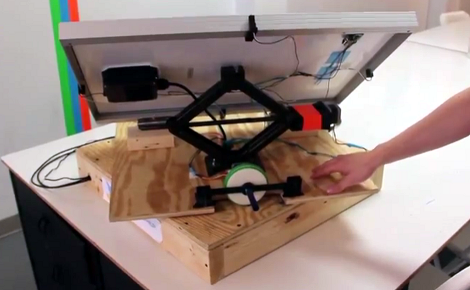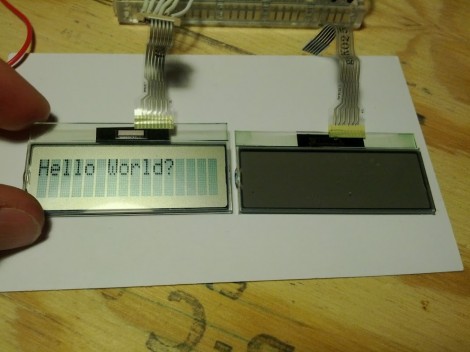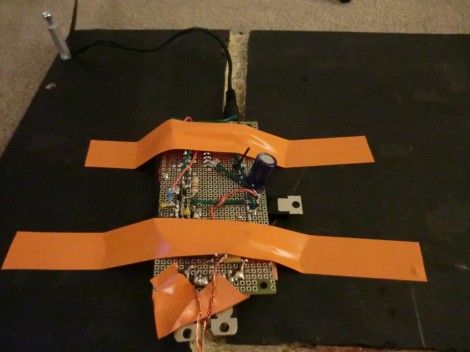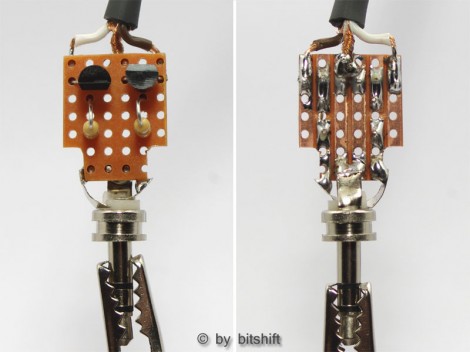The original story is in French, and the Google translate is very rough. Please forgive us if we don’t get this completely accurate.
While traveling through the desert somewhere in north west Africa in his Citroen 2CV , [Emile] is stopped, and told not to go any further due to some military conflicts in the area. Not wanting to actually listen to this advice, he decides to loop around, through the desert, to circumvent this roadblock.
After a while of treading off the beaten path, [Emile] manages to snap a swing arm on his vehicle, leaving him stranded. He decided that the best course of action was to disassemble his vehicle and construct a motorcycle from the parts. This feat would be impressive on its own, but remember, he’s still in the desert and un-prepared. If we’re reading this correctly, he managed to drill holes by bending metal and sawing at it, then un-bending it to be flat again.
It takes him twelve days to construct this thing. There are more pictures on the site, you simply have to go look at it. Feel free to translate the labels and post them in the comments.
Update: From [Semicolo] in the comments
|
[via Reddit]


















